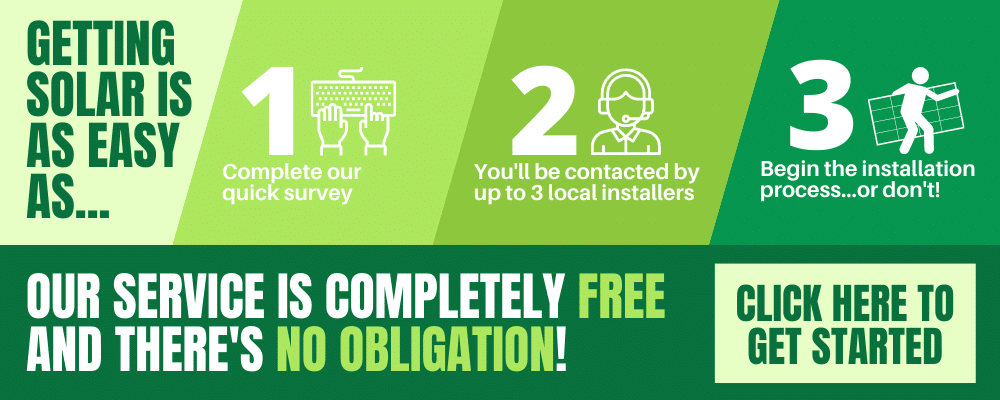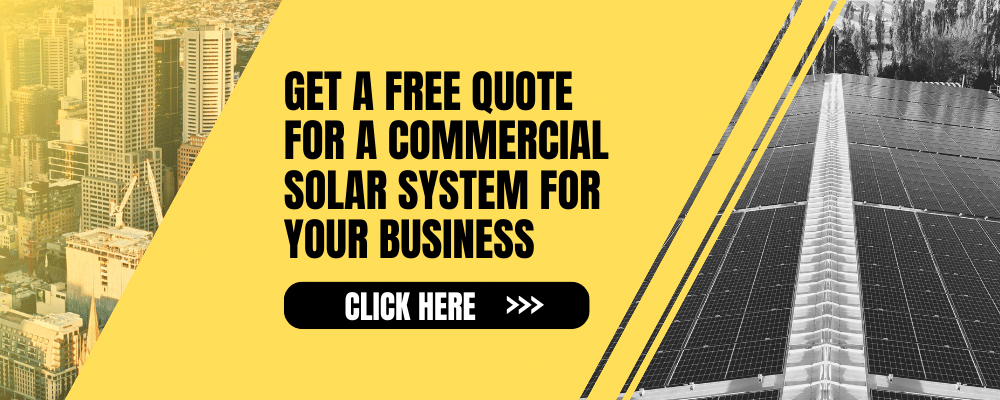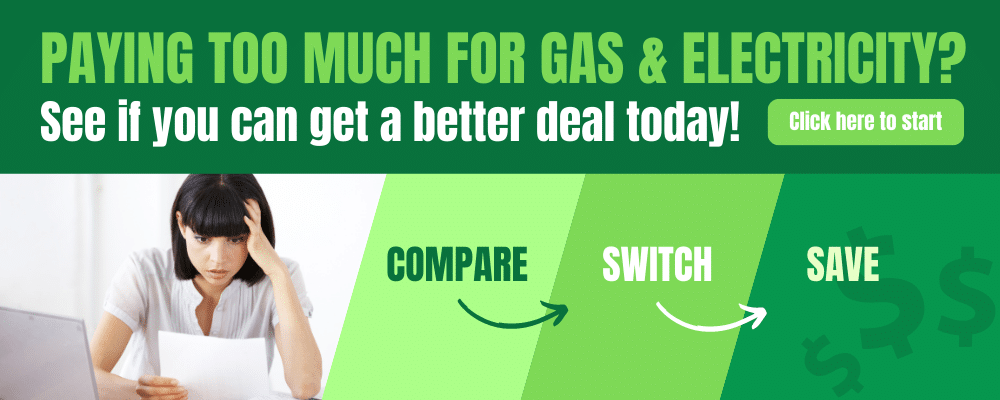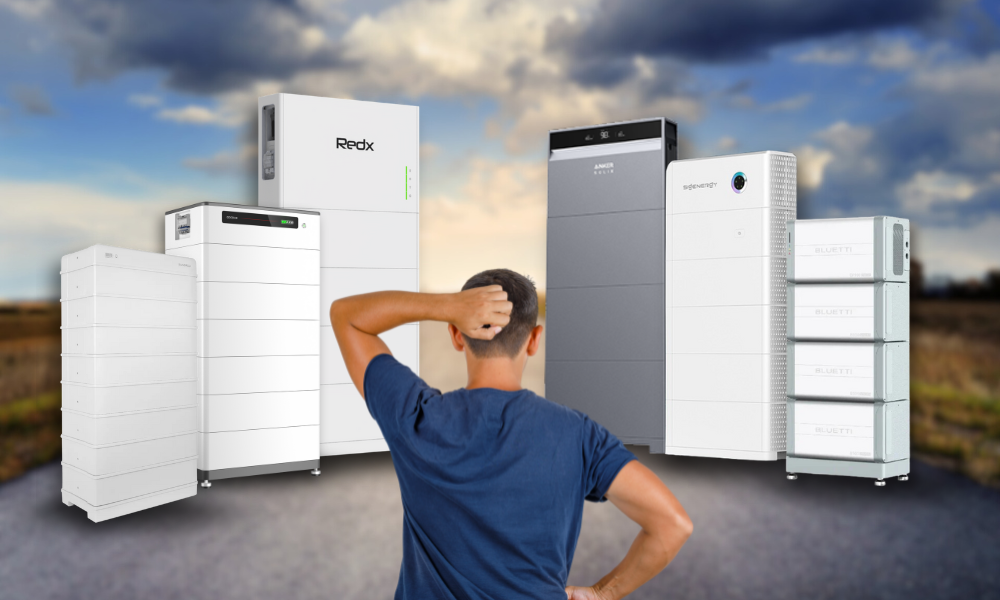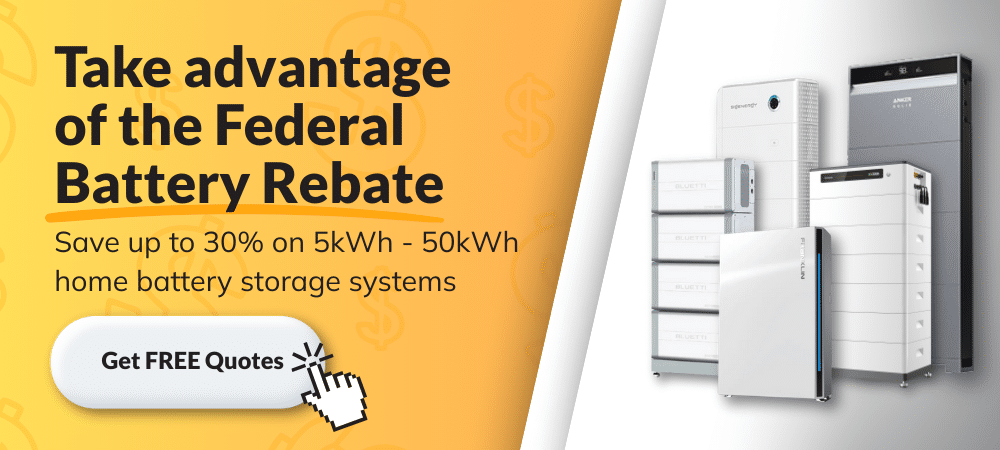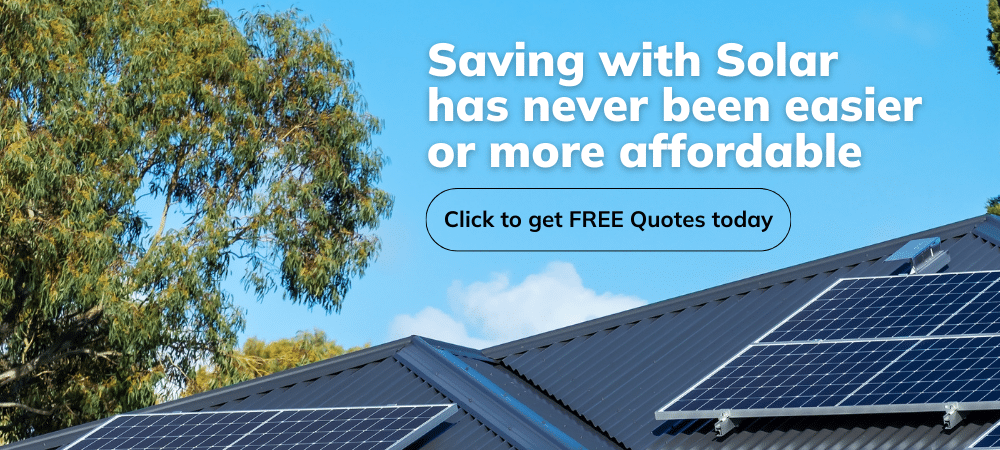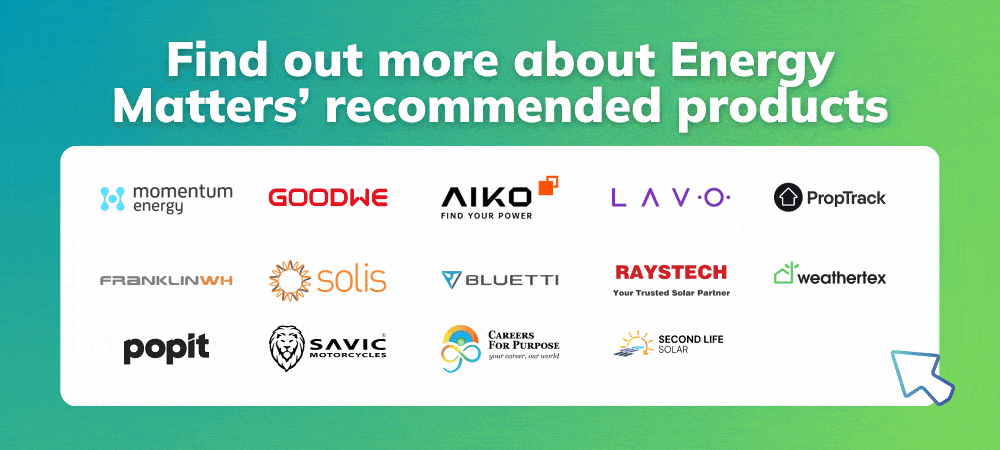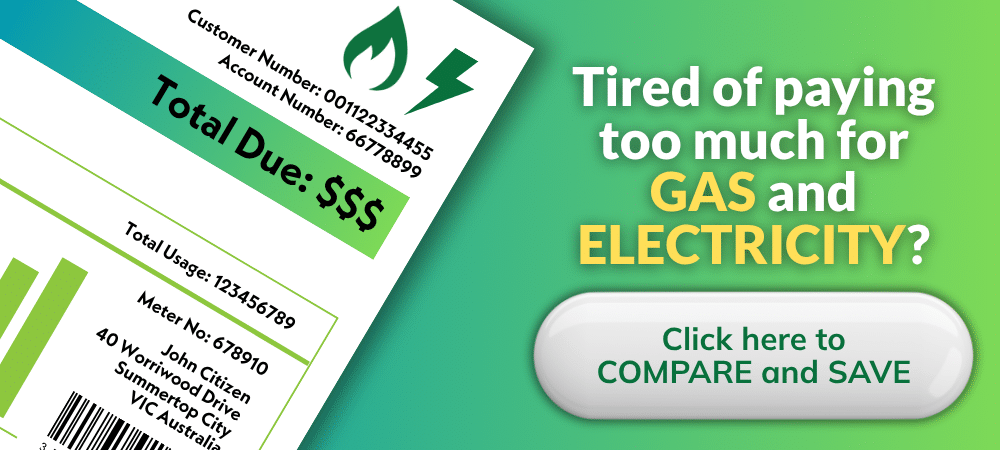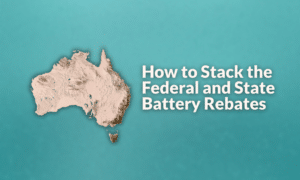Stackable home batteries have changed the way Australians store solar power, offering flexibility and scalability. But many households are caught off guard by the true costs of expanding these systems. While adding more capacity might seem straightforward, jumping to a second ‘tower’ can create a nasty bill shock, and it all comes down to the battery inverter or controller.
If you’re considering a home battery system or thinking of adding to an existing one, here’s what you really need to know.
It’s not just about adding another module
Modular or ‘stackable’ batteries allow households to add capacity as their energy needs grow. Each module is a block of storage, and several can be stacked together vertically in a single tower. But here’s the catch: every battery tower has a limit.
Once you’ve reached the manufacturer’s maximum number of modules per tower, whether that’s 3, 5, or more, depending on the brand, you’ll need to start a second tower. And that second tower doesn’t just need more battery modules. It needs a new controller or inverter, too.
The most expensive part is the controller
Battery modules are relatively affordable. The real cost sits in the brain of the system: the battery controller or hybrid inverter. This device manages the charging and discharging, keeps everything running safely, and connects the battery to your solar and switchboard. Depending on the brand and model, the controller can make up 30 to 50 per cent of the system’s total price.
So, if you’re expanding your system and hit the module limit, the jump to a second tower means buying another expensive controller. That’s a major cost increase, and for many households, it comes as a complete surprise.
Stack smart: max out the second tower
If you do need to start a second tower, the smartest move is to fill it with as many modules as possible right from the start. That way, you’re spreading the cost of that second controller across more usable storage. For example, if one tower holds up to five modules, and you’ve already got five in tower one, don’t just add one or two to the second tower; go for four or five if your budget allows.
The more you spread the controller cost across your storage, the better value you’ll get per kilowatt-hour.
Why adding modules later could hurt your wallet
It might be tempting to just add a module or two now and top up later. But there are two big reasons why that can cost more in the long run:
- You’ll likely need another controller anyway: If you’re already at or near the module limit, adding ‘just one more’ in future won’t be possible without another tower and controller. You’ll end up paying that big upfront cost all over again.
- Most rebates can only be claimed once: Under the Federal Government’s Cheaper Home Batteries program and most state schemes, you can only claim a rebate once per property. So if you claim it now on a small system and decide to expand later, you’ll have to pay full price for any additional components.
In short: buy smart, buy big (within reason), and avoid the regret of outgrowing your setup too quickly.
Plan for tomorrow’s energy needs today
We get it, batteries aren’t cheap, and not everyone has the budget to max out a system from the start. But if you’re already on the edge of needing a second tower, it’s better to plan for future energy habits:
- Growing households tend to use more power over time
- Electric vehicles will increase demand significantly
- More appliances are moving to all-electric setups
- Energy prices aren’t likely to drop anytime soon
A larger system now could mean fewer headaches later and potentially thousands in savings.
Turn your extra capacity into extra income
If you do invest in a second tower, or simply max out your first, there’s another upside worth knowing: you can make money from your battery.
With energy retailers like Amber Electric, households can tap into the wholesale energy market. Instead of being locked into fixed feed-in tariffs, you can sell your stored solar power when wholesale prices spike. These spikes can go well above 20c, 50c, or even $10 per kWh, especially during peak demand or grid instability.
The more battery capacity you have, the more you can profit from these high-price windows.
Here’s how it works:
- Your solar charges the battery during the day (or you buy and store cheap off-peak power).
- Amber’s smart tech predicts when wholesale prices will surge.
- Your battery exports power at those peak times, automatically.
- You pocket the difference.
This setup flips the usual model on its head. Instead of using your battery just to reduce your bills, you’re turning it into an income stream.
Bigger battery, bigger potential
A larger battery system gives you more flexibility to:
- Store cheap power during off-peak times
- Cover your own nighttime use
- Sell surplus energy when prices soar
By maxing out your tower or going big on the second, you’re not just future-proofing, you’re opening the door to new income opportunities that smaller systems simply can’t deliver.
It’s another reason why stacking smart pays off.
Talk to your installer about tower limits and controllers
Not all brands and models work the same way. Some battery systems allow larger towers or more flexible expansion. Others are more rigid. Here are a few questions to ask your installer before signing off:
- What’s the maximum number of modules I can stack per tower?
- How many controllers or inverters are required?
- What’s the price difference between adding one module versus starting a second tower?
- Can I expand later without buying another controller?
- Will I be able to claim a rebate again if I upgrade?
If your installer can’t clearly answer these, it might be time to shop around.
Bottom line: make every tower count
Stackable batteries offer flexibility, but that flexibility comes with caveats. The controller is the heavyweight in your budget, and stacking past the limit means you’re buying another one, likely without the help of a rebate.
So if you’re going to invest in more storage, max out your towers while you can. It’s the most cost-effective way to future-proof your home’s energy system.
Energy Matters can make the process of adding battery storage a little bit easier for you. We’ll connect you with up to 3 local installers who will provide you with no-obligation quotes. And the best part? This service is completely FREE! Click the button below and begin the process today.








